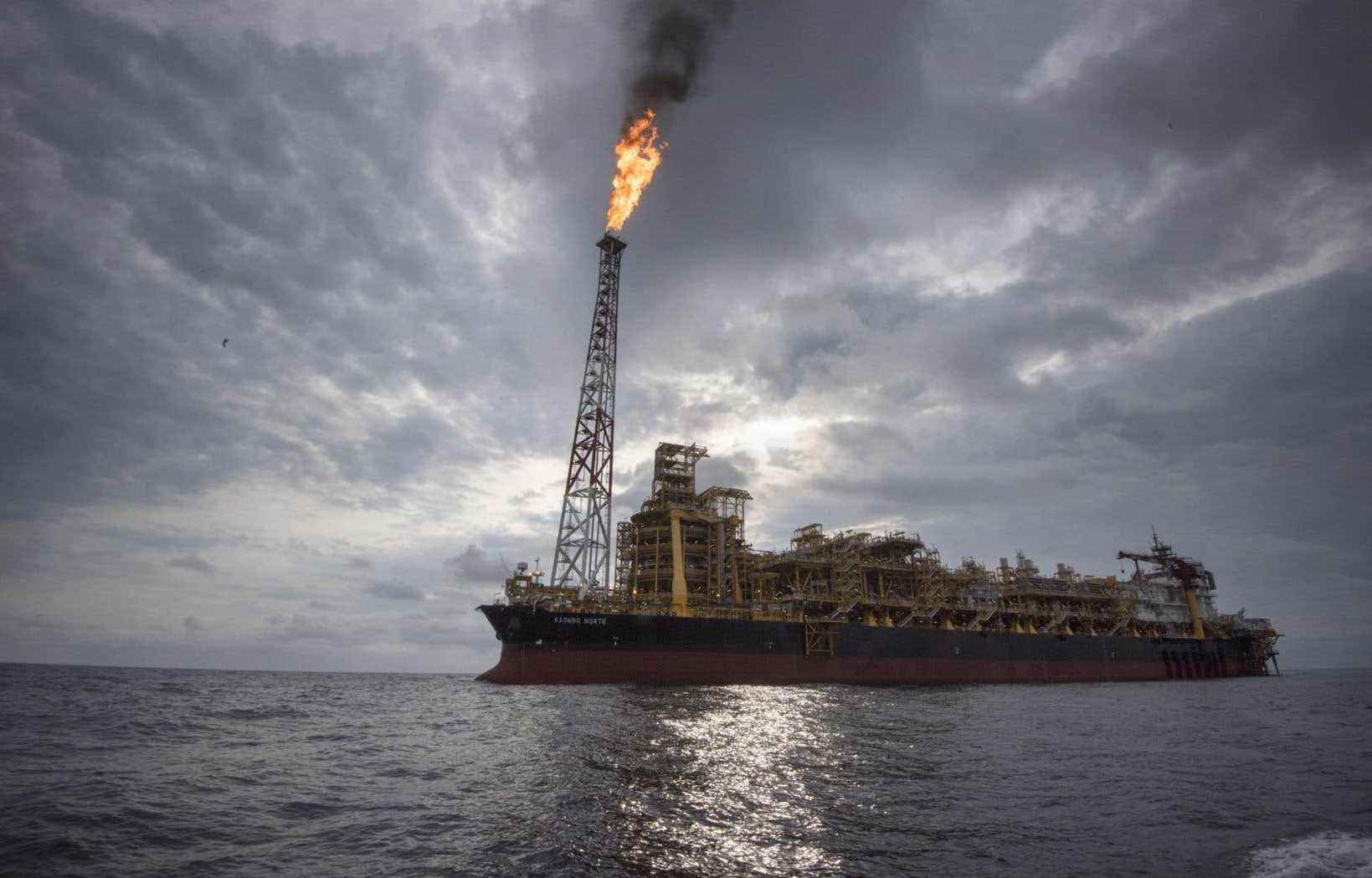The Trudeau government is giving itself another 40 days before deciding whether or not to authorize the Bay du Nord oil megaproject, located in the marine environment. The Minister of the Environment, Steven Guilbeault, will therefore have to announce by mid-April whether he will give the green light to the exploitation of at least 300 million barrels of oil in an area recognized for the richness of its biodiversity.
After deciding in December to postpone its decision on the Norwegian oil company Equinor’s project until March 6, the Trudeau government has again extended the deadlines, this time for 40 days. This new postponement is necessary to allow Minister Steven Guilbeault to “decide whether the project is likely to cause significant adverse environmental effects”, it was specified in a short statement published Friday at the end of the day.
A few days after the next report of the Intergovernmental Panel on Climate Change (IPCC), which will focus on the measures to be taken to reduce global greenhouse gas emissions, Ottawa will therefore have to decide on the fate of the project. . This provides for oil exploitation for 30 years, beyond 2050.
Credibility
The project, named Bay du Nord, is therefore a credibility test for the federal government’s climate policies, say environmental groups. They demand its rejection, as does the Bloc Québécois. The Conservative Party of Canada, on the contrary, demands his approval.
“The latest IPCC report condemns fossil fuels more than ever, especially new projects, as communities here and abroad are increasingly devastated by climate disasters. The government must take advantage of this additional time to announce, as of the next federal budget, significant funds to diversify the Newfoundland economy and create green jobs in order to ensure that the transition leaves no one behind,” reacted on Friday Patrick Bonin, head of the Climate-Energy campaign at Greenpeace.
Minister Guilbeault’s office has so far refused to comment on the compatibility of the oil project with Canada’s climate objectives. His office simply said that the federal assessment “considered direct greenhouse gas emissions associated with the construction and operation of the project” as part of its assessment.
“In November 2020, Equinor announced a corporate commitment to achieve net zero emissions by 2050. To achieve this, Equinor is committed to reducing emissions from its oil and gas production, while investing also in renewable energies and new technologies, ”we said in the same email to Le Devoir.
In interview at Homework, in December, Minister Guilbeault affirmed that new oil and natural gas exploitation projects will have to comply with increasingly strict climate regulations. In particular, he cited the desire to cap and then reduce emissions from the fossil fuel industry as an example.
60 operating wells
Equinor holds exploration licenses in an area 470 kilometers off the coast of Newfoundland. It is in this area, where the seabed is more than 1,000 meters deep, that it wishes to drill up to 60 operating wells, while continuing exploratory drilling.
According to company estimates, more than 300 million barrels of oil could be exploited by 2058 (another more recent estimate puts it at 1 billion barrels), reads the preliminary report of the company. Impact Assessment Agency of Canada (EIAC). It assessed the Equinor project, which would pump its first barrels by 2028, under legislation passed by Stephen Harper’s government.
“Taking into account the implementation of the mitigation measures, the Agency concludes that the proposed development of Bay du Nord is not likely to cause significant adverse environmental effects,” reads the report. devaluation. The AEIC considers that “the measures recommended to mitigate potential environmental effects”, such as the impacts of an oil spill or the effects on marine ecosystems, are sufficient to reduce the risks.
The final version of the CNSA report will be released when Minister Guilbeault renders his decision.
Biodiversity
The federal assessment highlights several environmental issues. The Equinor project is located in an “ecologically and biologically significant area of the United Nations Convention on Biological Diversity”, but also in “vulnerable marine ecosystems”. The drilling will also be carried out near recognized critical habitats of endangered species, bird sanctuaries and an important “marine refuge” set up by the Trudeau government to achieve its objectives of protecting the oceans.
This maritime region is also recognized as an important habitat for several species of commercially exploited fish, 14 species of birds at risk as well as about fifteen species of marine mammals, which are particularly sensitive to underwater noise pollution. Equinor plans to do seismic surveys there.
As for the risks of an oil spill at sea, the AEIC’s interim report considers these to be minimal. The document also mentions that in the event of an oil “eruption” out of control, a “capping system” may have to be installed at the head of the operating well. But the deployment of this system would take “18 to 36 days”, since this equipment must be transported from Norway or Brazil.
